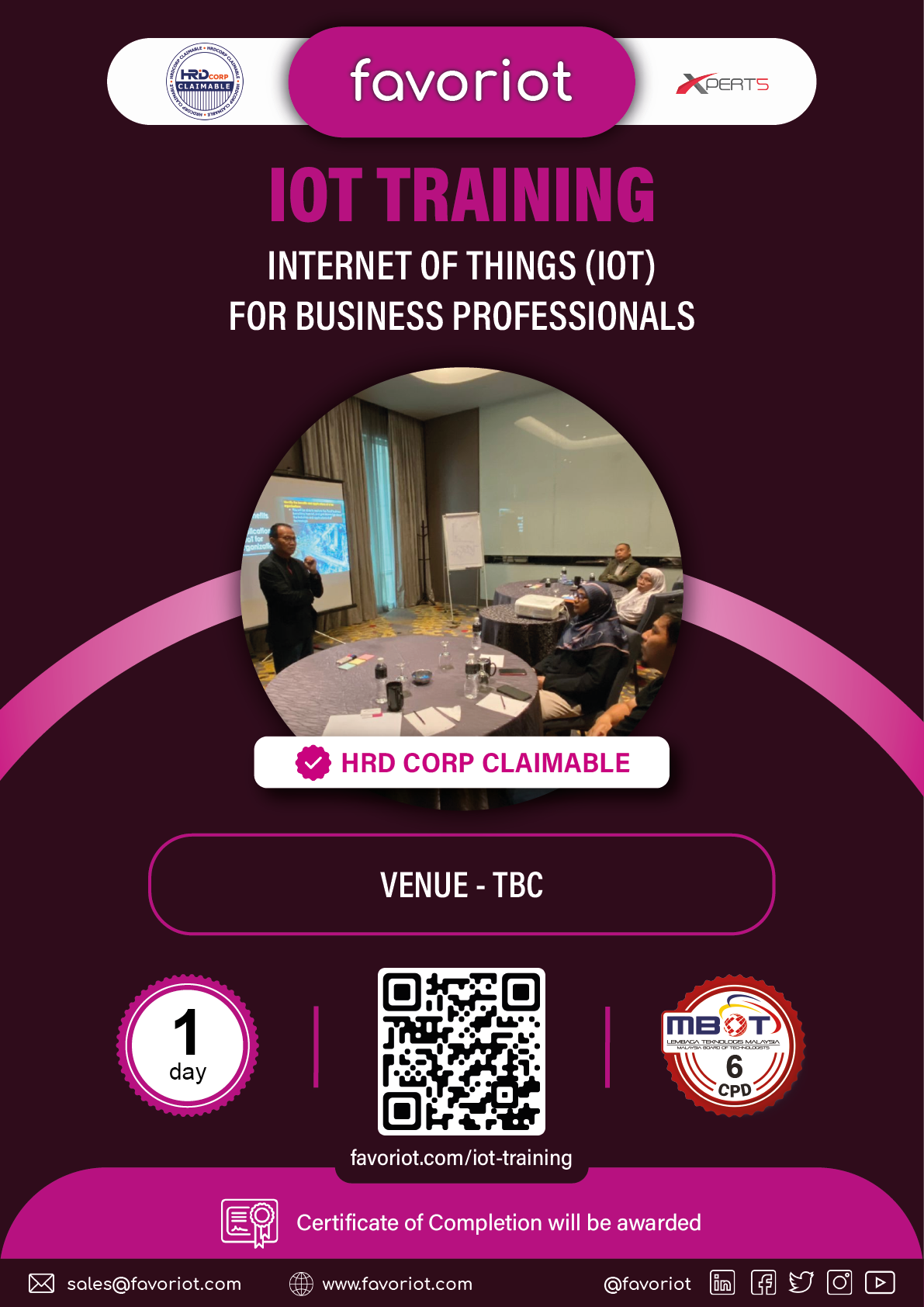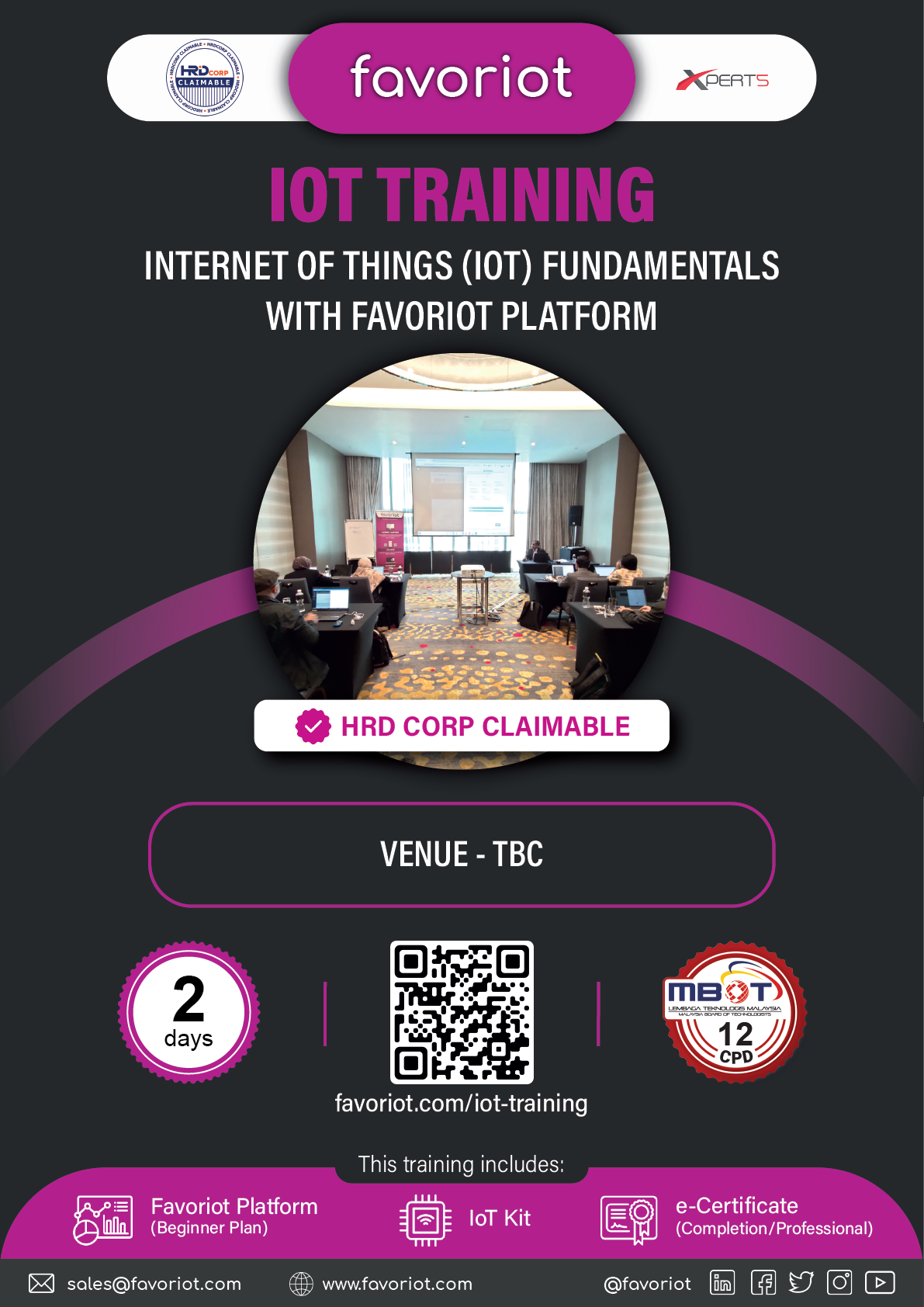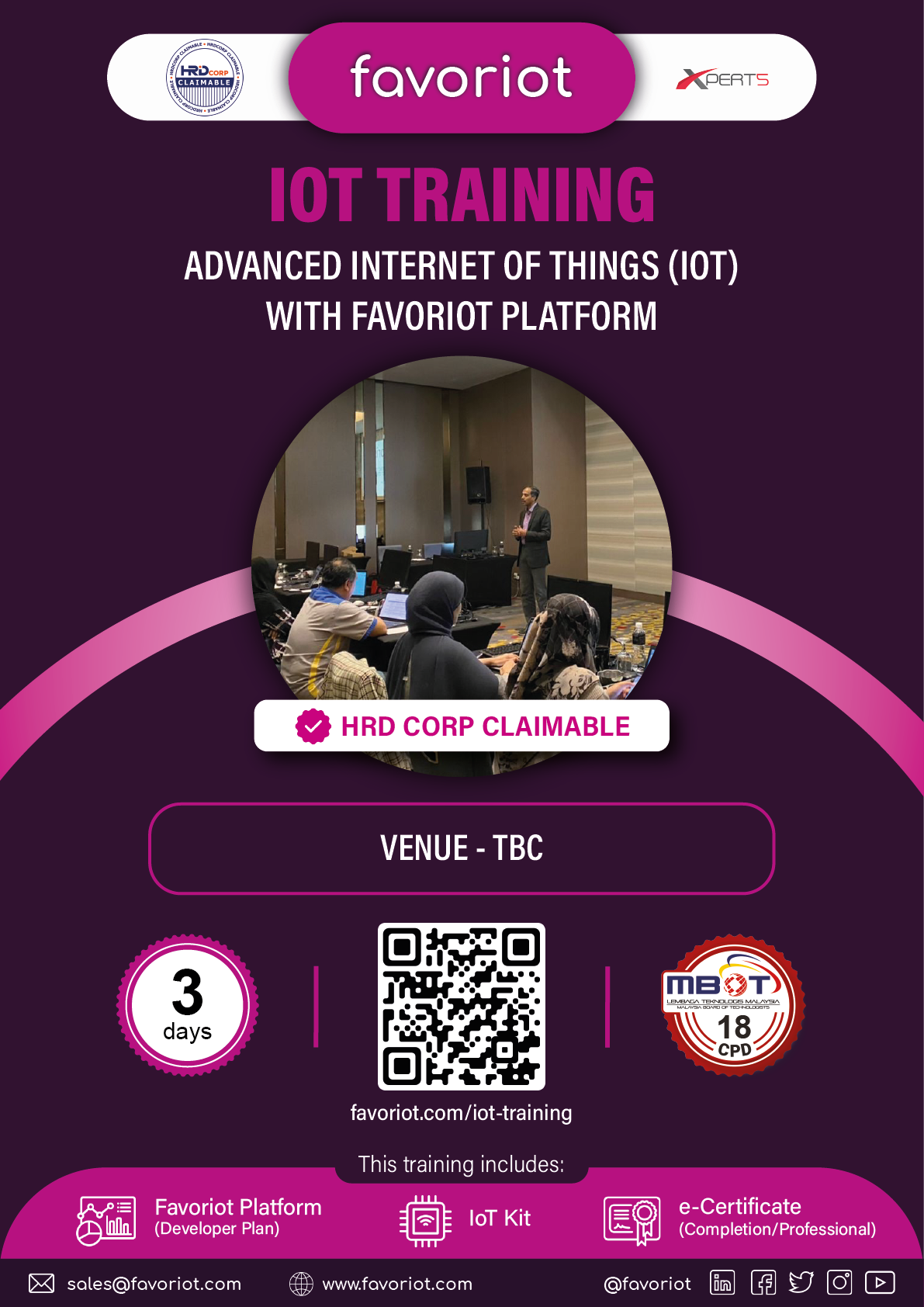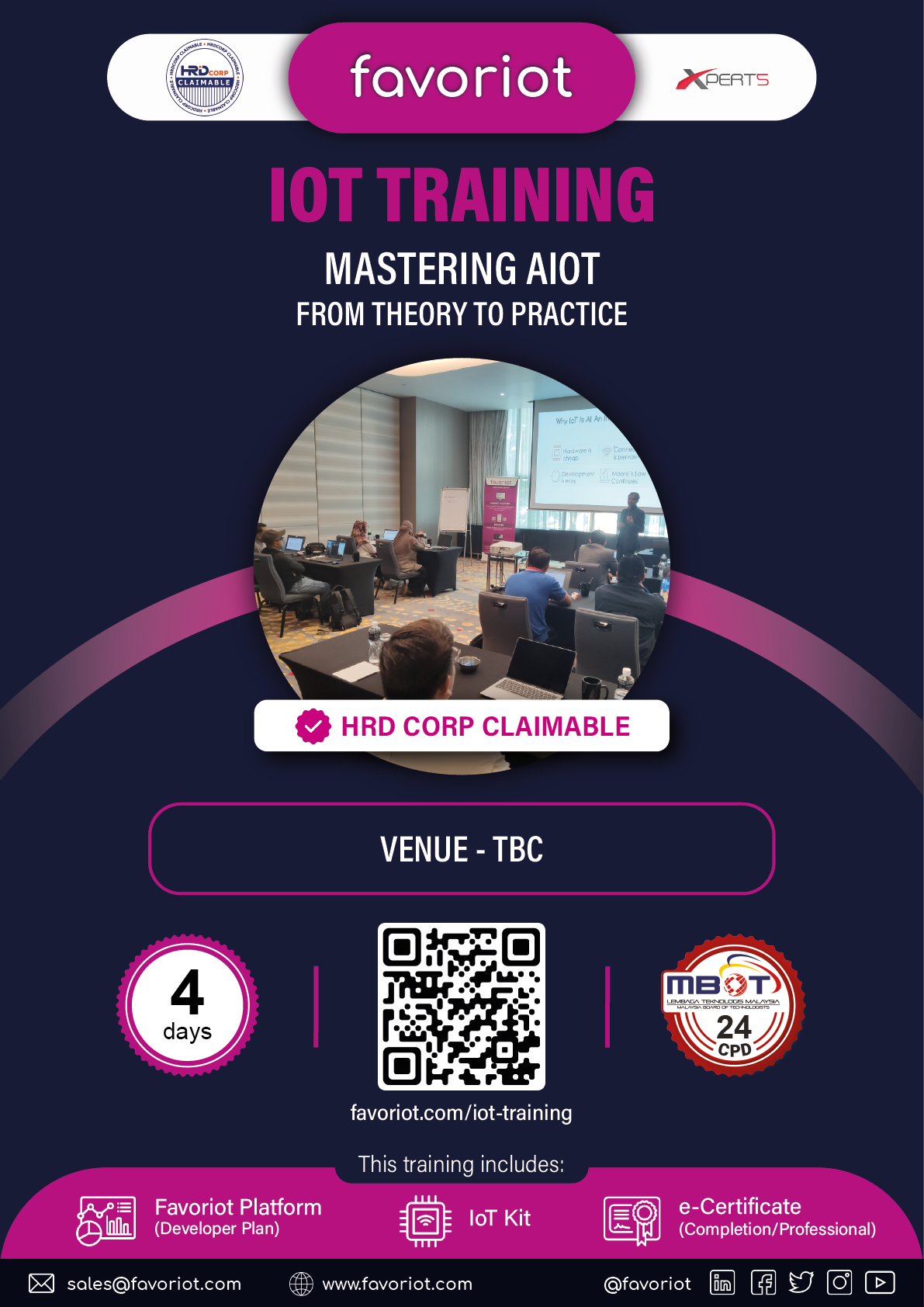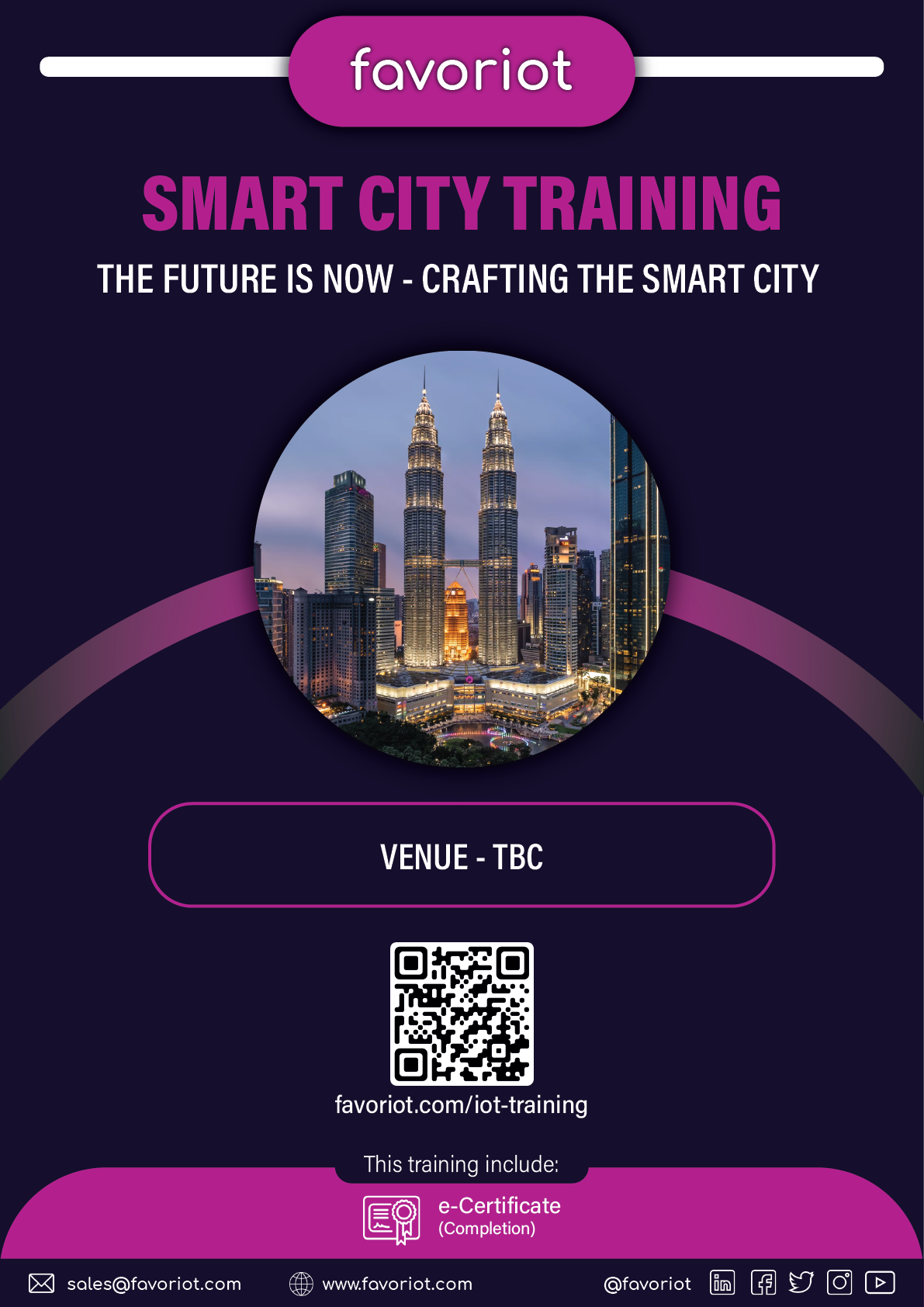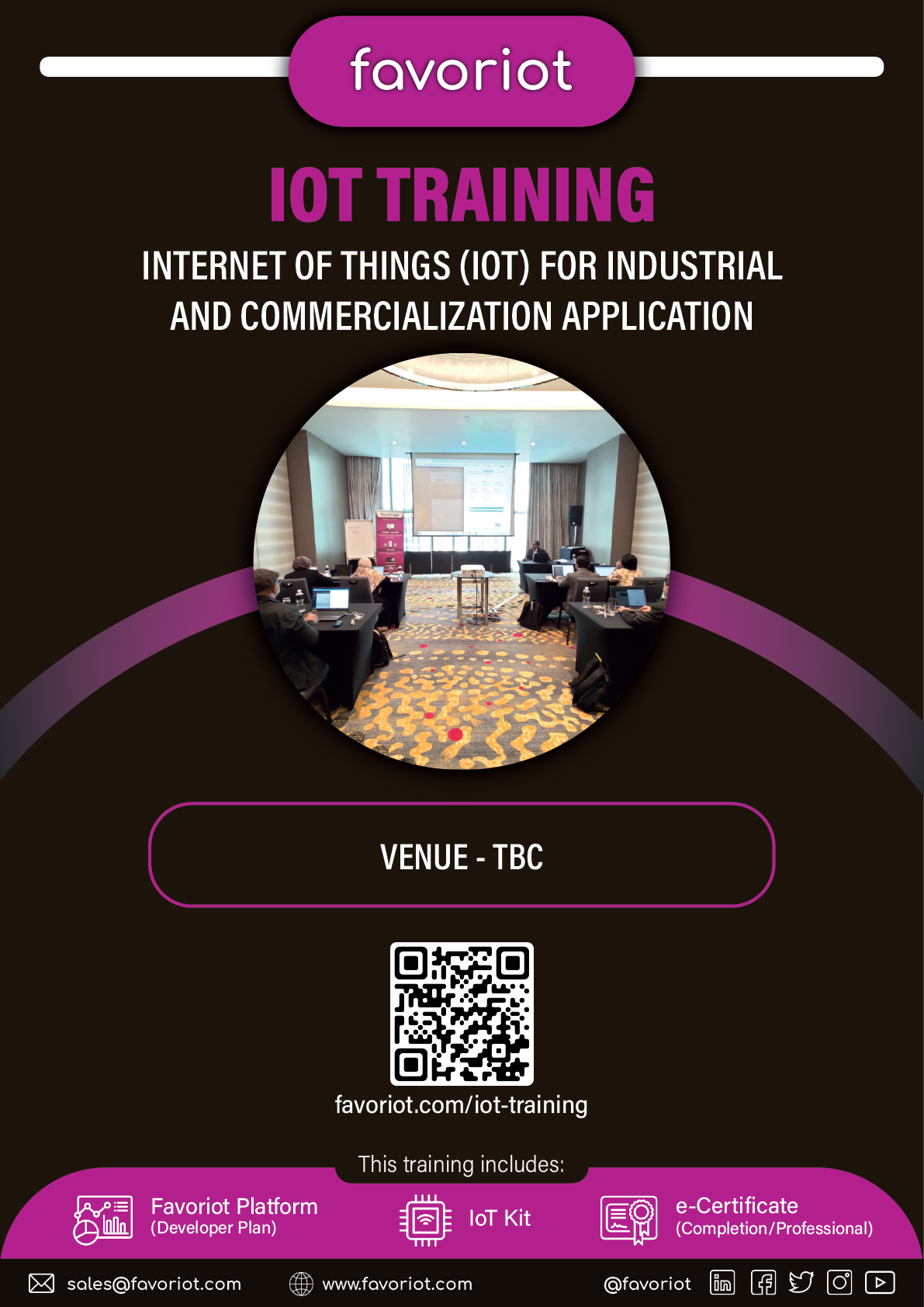
The Crucial Role of IoT in Environmental Measurement
April 17th, 2024 Posted by favoriotadmin BLOG, Internet of Things, IOT PLATFORM, PRODUCT 0 thoughts on “The Crucial Role of IoT in Environmental Measurement”Measuring wind and its various parameters has become critical across many sectors.
Integrating Internet of Things (IoT) technology in wind measurement brings a new age of precision, efficiency, and connectivity.
Let’s explore the impact of IoT-enabled wind measurement devices and their applications in various fields.
Compact Design and Precision — A New Era in Wind Measurement
IoT devices have revolutionized wind measurement with compact design and high accuracy.
The fast response speed of these devices allows for real-time data collection and analysis, which is essential in scenarios where wind conditions can change rapidly.
Their excellent interchangeability means they can be easily integrated into different systems, making them versatile tools for various applications.
Cost-Effectiveness Meets High Performance
The affordability of IoT devices for wind measurement is a game-changer, especially considering their high performance.
This low-cost solution does not compromise on quality; it provides reliable performance, ensuring regular operation and high data transmission efficiency.
This balance between cost and quality makes IoT devices accessible for various applications, from small-scale projects to large industrial applications.
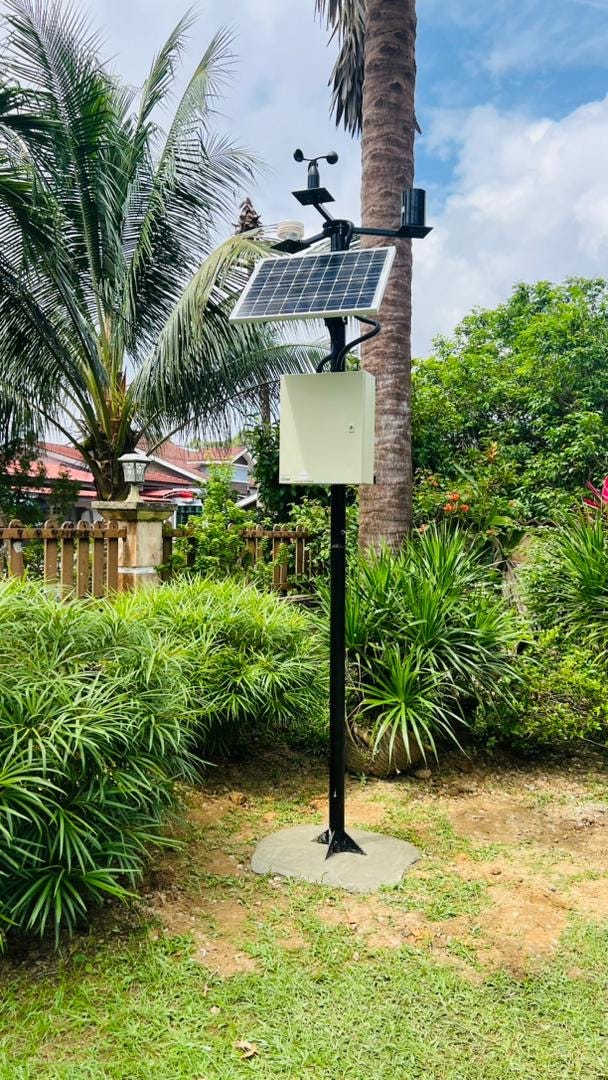
Applications of IoT in Wind Measurement
Greenhouses: Precision Agriculture
In greenhouses, maintaining optimal conditions is crucial for plant growth.
IoT devices can measure wind speed and direction, helping to control ventilation systems accurately.
This ensures the correct airflow, temperature, and humidity balance, leading to healthier plants and increased yield.
Environmental Protection: A Step Towards Sustainability
Environmental monitoring is essential for the protection and preservation of our natural surroundings.
IoT wind measurement devices play a crucial role in analyzing wind patterns and their effects on pollution dispersion, helping create more effective environmental protection strategies.
Meteorological Stations: Forecasting the Future
Meteorological stations rely heavily on accurate wind data for weather forecasting.
IoT devices enhance the precision of these forecasts, aiding in disaster preparedness and climate research.
Engineering Machinery: Safety and Efficiency on Site
Wind measurement is vital for safely operating machinery such as cranes in construction and engineering.
IoT devices help monitor wind conditions, ensuring safety protocols and efficiency are followed.
Aquaculture: Navigating Nature
For aquaculture, understanding wind patterns is critical to maintaining healthy aquatic environments.
IoT devices assist in monitoring wind conditions, which can influence water quality and the well-being of marine life.
Ships and Docks: Charting a Safe Course
In maritime activities, wind measurement is crucial for navigation and operational safety.
Ships equipped with IoT wind measurement devices can navigate more safely, while docks can use this data to manage maritime operations better.
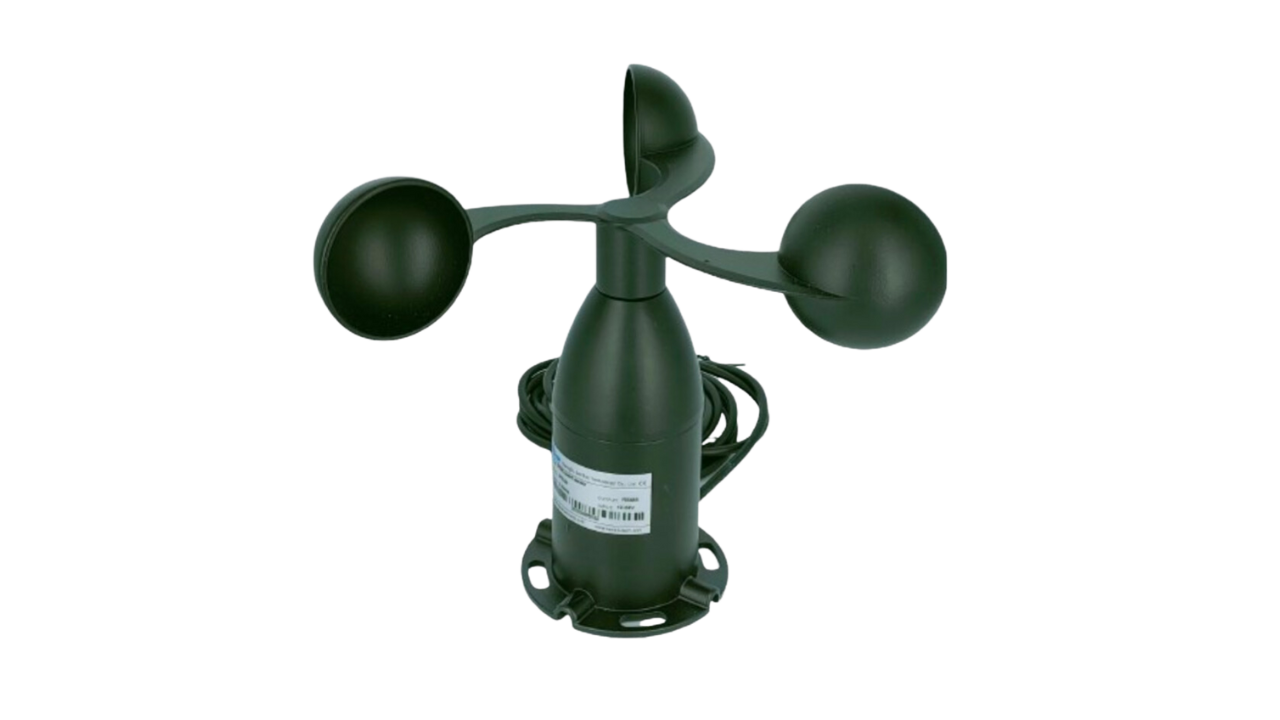
Data Collection via Favoriot IoT Platform
The Favoriot IoT platform provides a comprehensive solution for managing Internet of Things (IoT) applications, focusing on data collection, aggregation, and visualization. Here’s a simple description of how Favoriot achieves this:
- Data Collection: Favoriot offers a seamless way to connect and collect data from various IoT devices and sensors deployed across different locations. It supports multiple communication protocols, enabling it to gather data efficiently from various devices, including environmental sensors.
- Data Aggregation: Favoriot aggregates this information in its cloud-based platform once data is collected (another option is to have the platform on-premise). This process involves consolidating data from multiple sources, ensuring it is accurately synchronized and organized for further analysis. The aggregation layer is crucial for handling large volumes of data and transforming it into a structured format that is easier to analyze.
- Data Visualization: Favoriot provides powerful visualization tools that allow users to understand and interpret their IoT data. Users can create graphical representations of their data through customizable dashboards, such as charts, graphs, and maps. These visualizations help identify trends, patterns, and anomalies, making it easier for businesses and individuals to make informed decisions based on real-time data insights.
The Favoriot IoT platform simplifies the complex process of managing IoT data by offering robust data collection, aggregation, and visualization tools. This enables users to harness the full potential of their IoT devices, leading to improved decision-making, enhanced operational efficiency, and the ability to uncover new opportunities through data-driven insights.
A Wind of Change
Integrating IoT technology in wind measurement is more than just an advancement in environmental monitoring — it’s a leap toward a more connected, efficient, and sustainable world.
IoT devices are invaluable assets, whether it’s enhancing agricultural productivity, aiding environmental conservation, improving weather forecasting, ensuring safety in engineering projects, supporting aquaculture, or securing maritime operations.
By embracing these technologies, we are not only measuring the wind — we are learning to harness its power for a better future.
This article, “The Crucial Role of IoT in Environmental Measurement,” was originally published on Medium.

